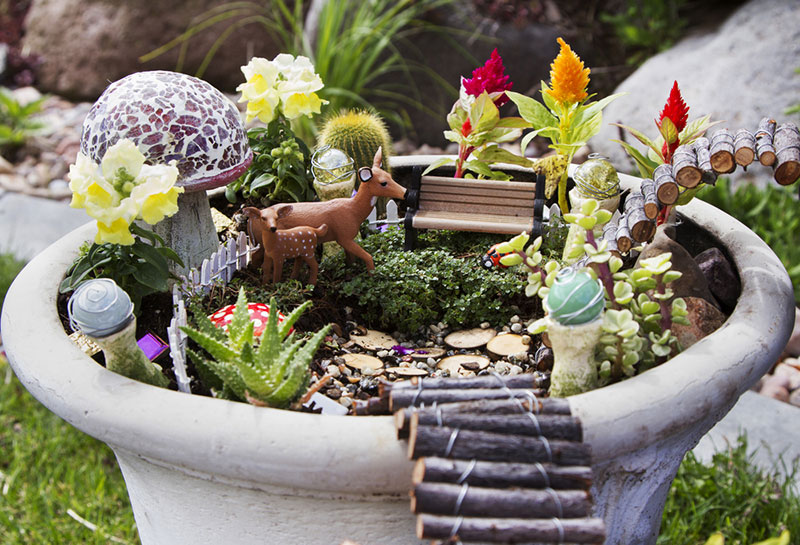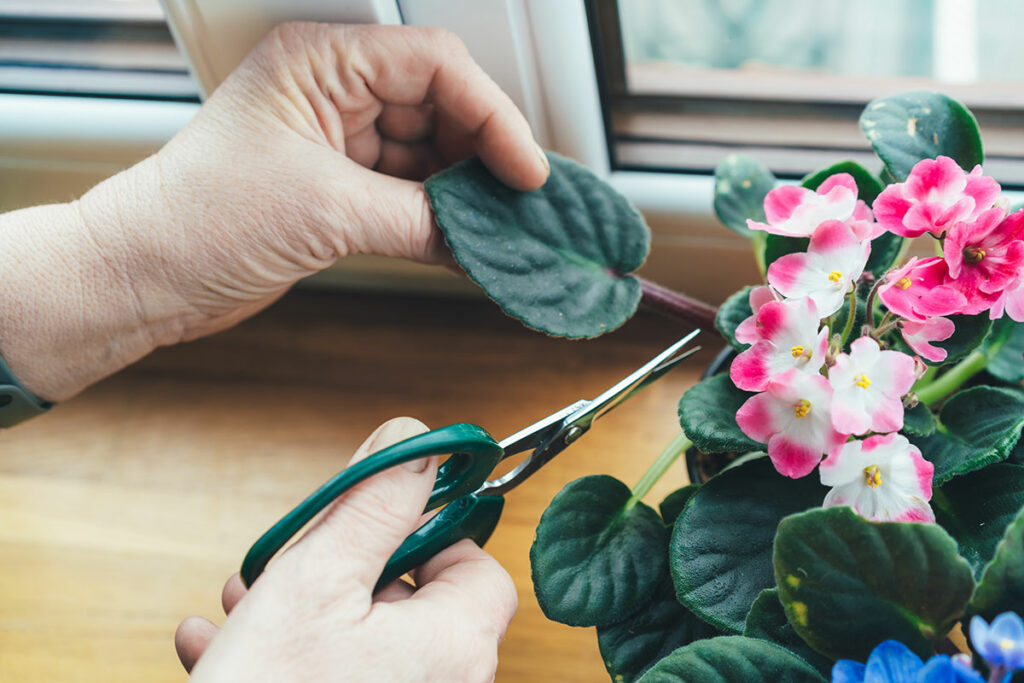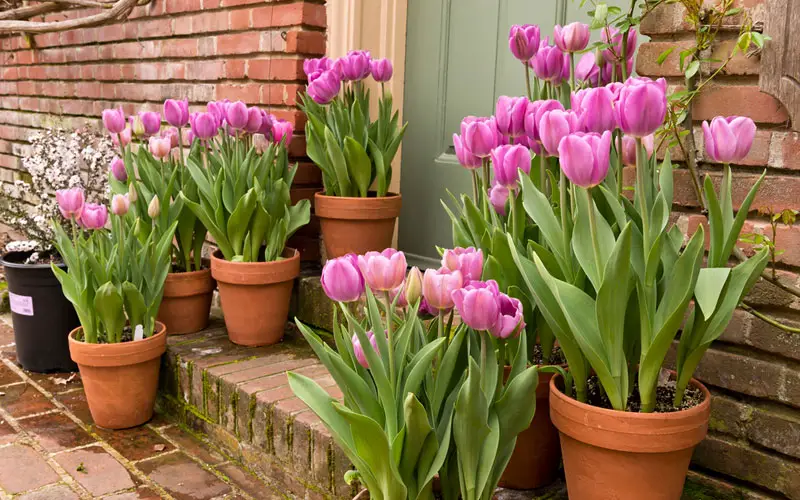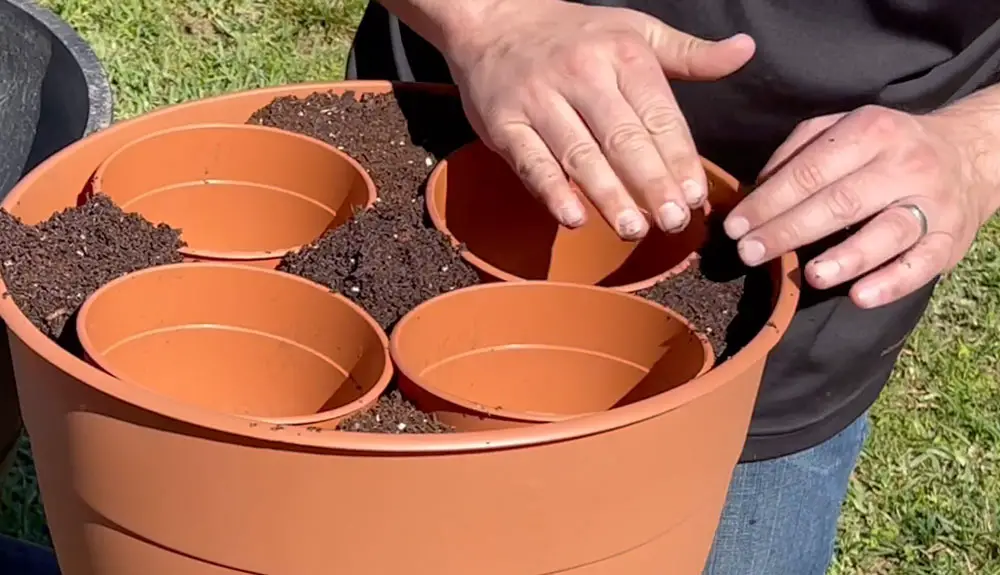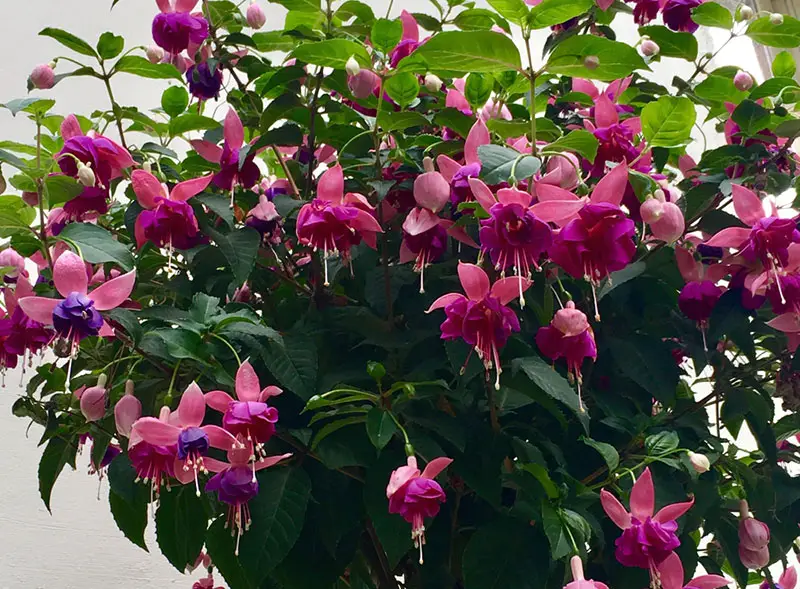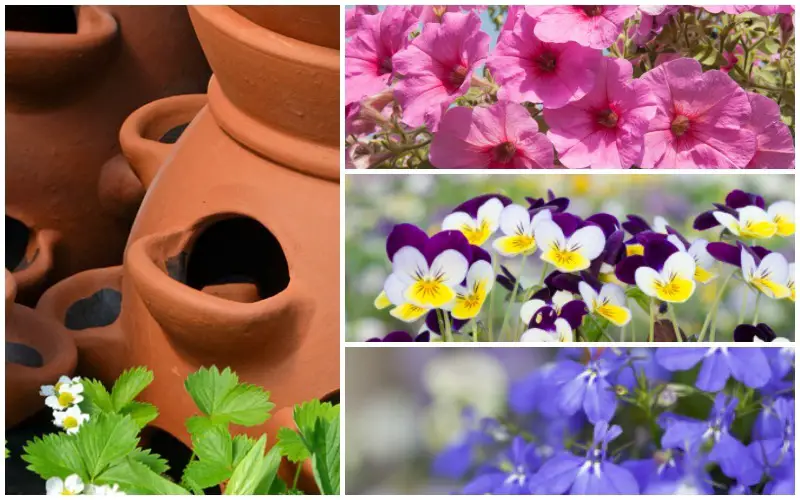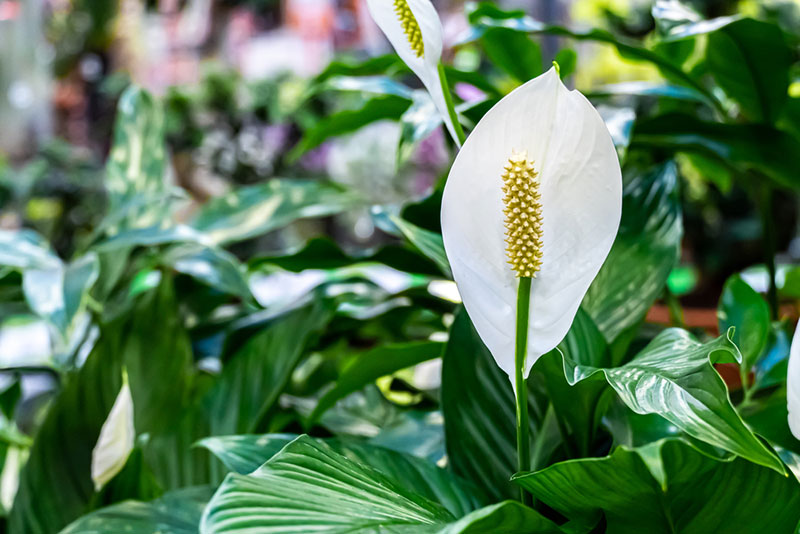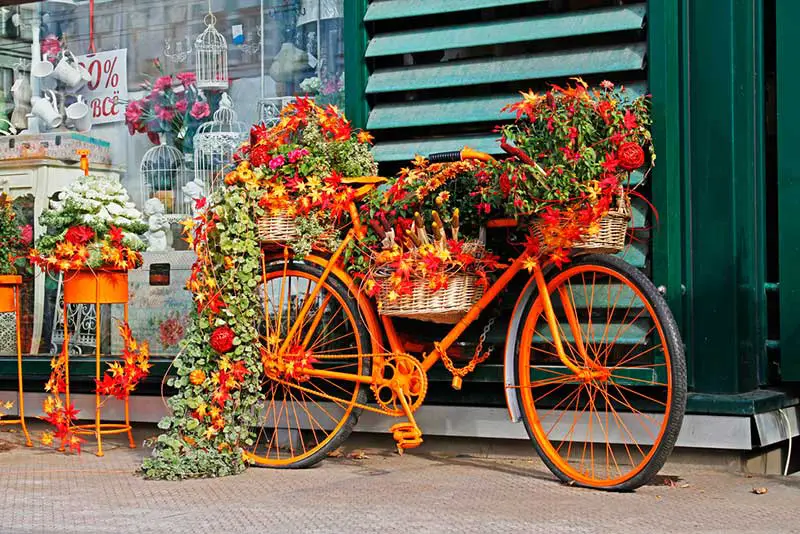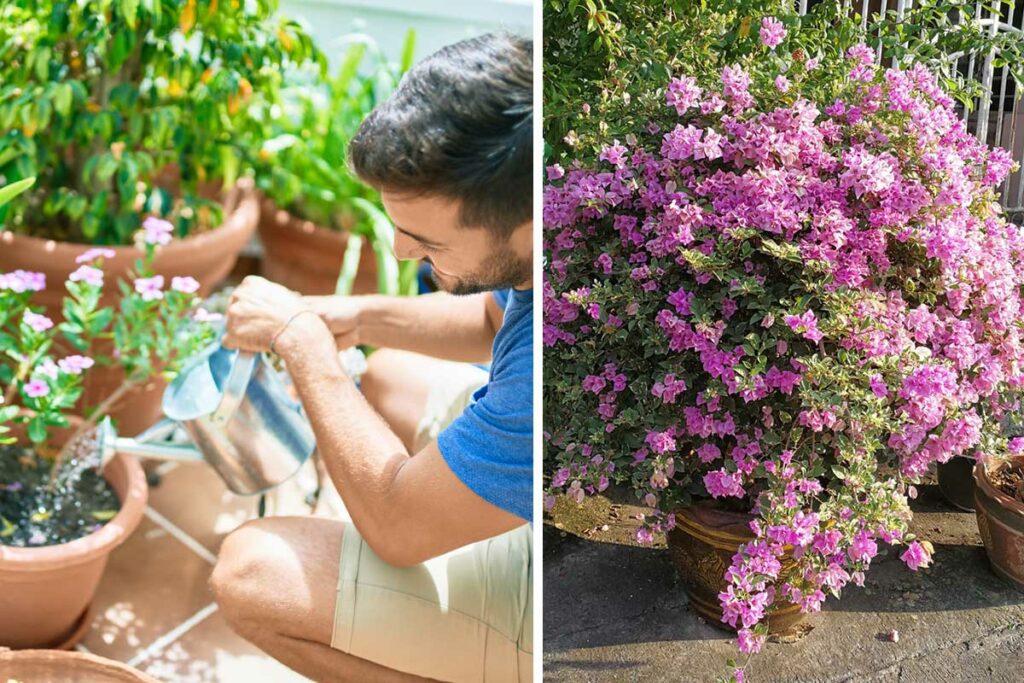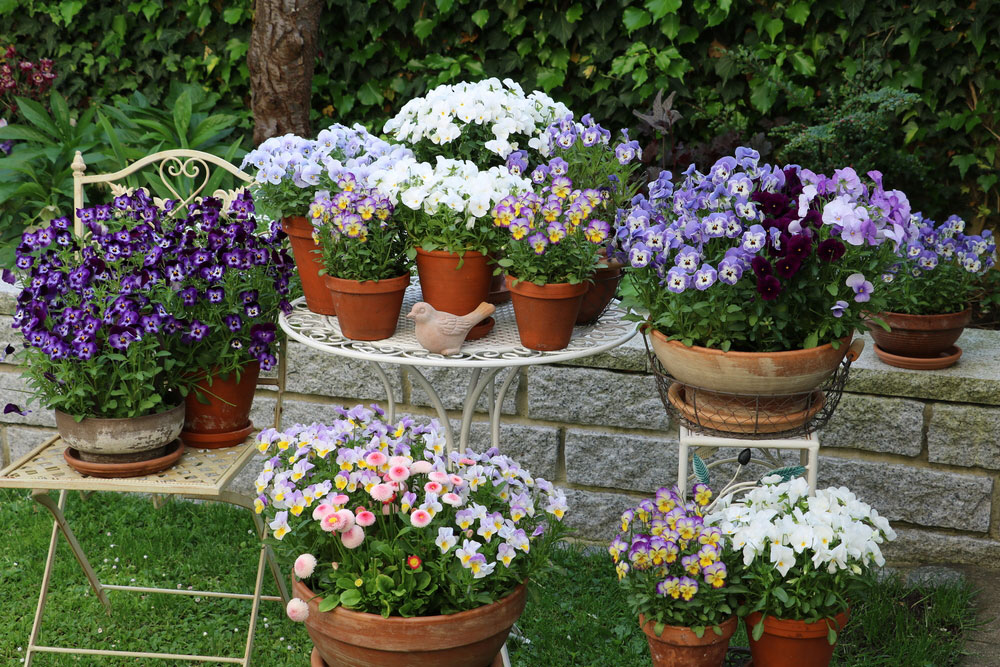
The options for pots and plant containers are endless. You can go traditional, or you can create a unique planter out of almost anything that will contain soil.
But how do you know that you’ve made the best choice for your plants?
Choosing the best pots for your container garden comes down to three key factors: material, size, and drainage.
While it can be a lot of fun to simply choose pots based on aesthetics, you should also keep in mind the needs of the specific plants you want to grow.
Making Material Choices
Walk down the aisle of your local garden center or spend a bit of time online and you’ll notice that pot choices are endless.
The traditional Terra-cotta clay pot is an inexpensive option. While they are attractive, offer a good sturdy base for large plants, and offer breathability for root systems, they can be a bit of a challenge when it comes to maintaining moisture and cleaning. They can also easily chip and break.
Glazed clay pots hold more moisture than un-glazed options and can add a bit of color to your container garden.
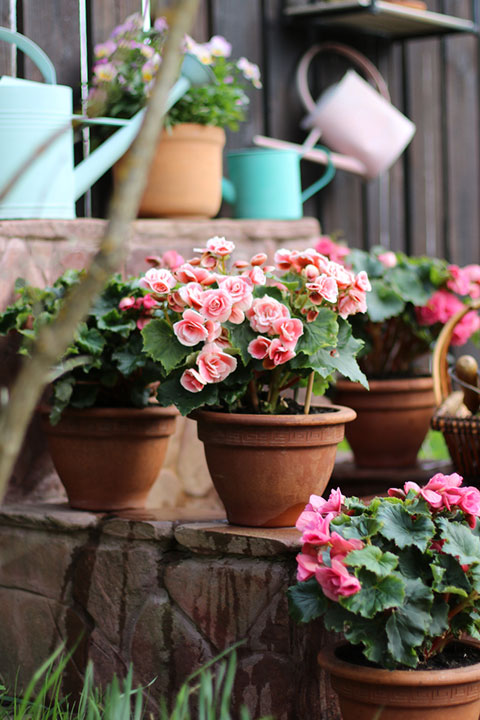
Plastic containers have come a long way. Many have the look of terra cotta at a fraction of the weight. They are durable and retain moisture well. As an added bonus, they are usually inexpensive. They are the perfect solution for plants that need to be easily moved.
However, keep in mind that color does matter. Dark-colored pots will absorb heat in sunny locations. The intense heat can damage tender roots. Choose light-colored plastic containers for sunny locations if heat is an issue in your area.
Concrete containers provide a sturdy base for large outdoor plants and trees. It is a great buffer for keeping the soil temperature cool in hot weather. And while you won’t be able to easily move a concrete planter around, you’ll be able to safely leave it outdoors in cold weather–it won’t break as long as there is adequate drainage.
Wood planters are a natural choice and give a rustic look to your landscaping. They are often a more expensive option, but they are lightweight and attractive. To make sure they last for years, look for quality woods such as cedar or redwood. If you are handy, you can even build your own wood planters.
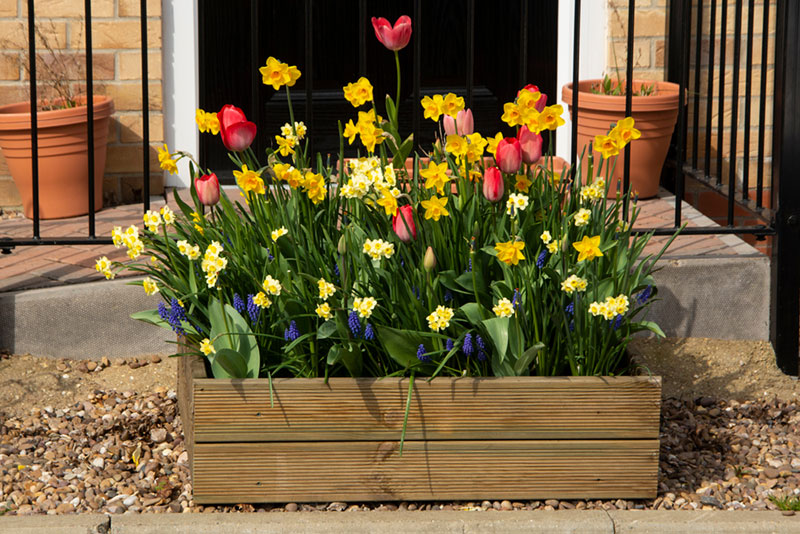
Choosing the correct size
Most beginning gardeners either go too small or too big. A planter that is too small will not provide room for proper root growth, moisture, and nutrition. A planter that is too big can lead to too much moisture and root rot.
Pots are sold based on their diameter or gallon size. For houseplants, you want to choose a pot that is one to two inches larger than the current container. This allows for a good balance between room for growth and not too much room for excess moisture.
For garden plants, you may find yourself wondering how big a pot you need. In general, you can follow these recommendations:
- 10-inch pot: Holds 2 ½ to 3 gallons of soil. Perfect for leaf lettuce, small herbs, and annual flowers. You can plant one strawberry or bush bean plant and up to 12 small, round carrots in a 10-inch pot.
- 16-inch pot: Holds 9 to 10 gallons of soil. A good size for a dwarf tree or large bush, such as a blueberry or raspberry plant. You can arrange 4 to 6 annuals in this size container.
- 24-inch pot: Holds 24 to 25 gallons of soil. This is the ideal size for an indeterminate tomato, summer squash, cucumber, a fig tree, a small peach tree, or an ornamental shrub.
- 30-inch pot: Holds 30 gallons of soil. You can plant an espalier fruit tree, a sweet corn plant, or even a pumpkin in a 30-inch pot.
Creating Proper Drainage
While you can create a planter out of almost anything, there is one thing you must always have: drainage. Holes in the bottom of the container will allow excess water to drain out. It also allows for oxygen to properly reach plant roots.
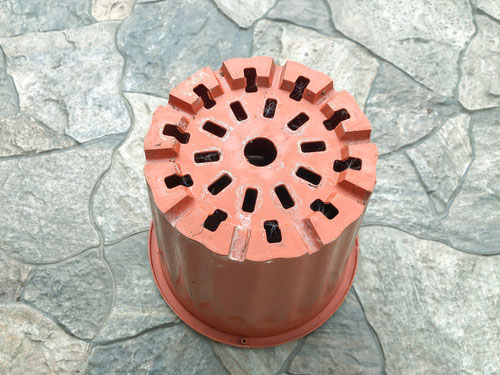
You can always create drainage by placing a smaller plastic pot with drainage holes inside of a larger container that doesn’t feature drainage. Just keep an eye out for standing water in between the two.
How much drainage a container needs depends on the plant and the container material. Plants that require more moisture do well in containers that maintain that moisture, such as plastic or glazed terra cotta. They can often feature just one drainage hole. Plants that need lots of oxygen for their roots, such as succulents and orchids, grow better in porous containers with lots of drainage holes.
Clean your Containers
Plant materials, soil, moisture, fertilizers, and water–they are all the perfect combination for mold, mildew, and even fungus. If you reuse plastic, ceramic, or other hard material containers, make sure to clean them thoroughly with warm soapy water.
Clay pots need a bit more care when cleaning because they are porous. On the outside, the pot may develop a mineral buildup over time. Remove the white crust by scrubbing with a stiff brush or a steel-wool scouring pad. A vinegar and water solution can be used to help dissolve the minerals for easier cleaning.
Disinfecting your container is a good idea if you’ve had a plant die from unknown causes. Soak the pot for 20 minutes in a light bleach solution to thoroughly disinfect it. Use 1 part bleach to 9 parts water. Rinse thoroughly and allow to dry.





